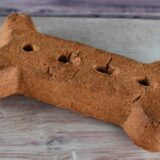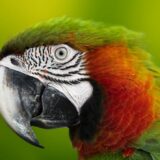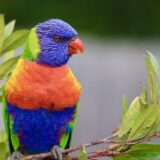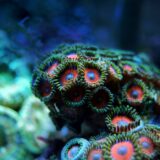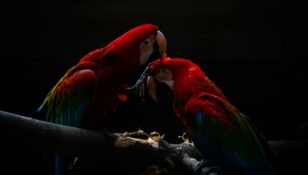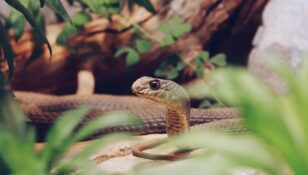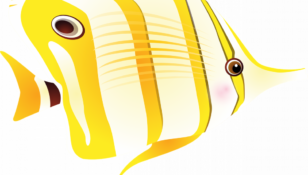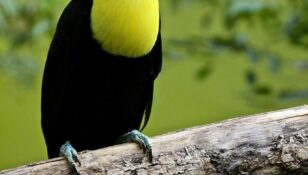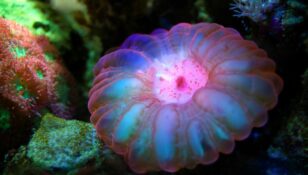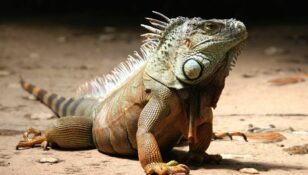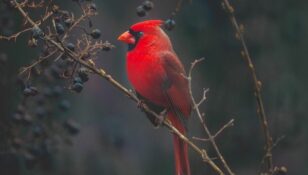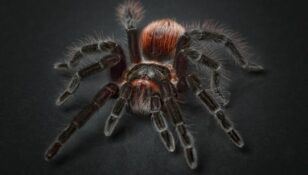Danish Animals: A Fascinating Dive into the Wildlife of Denmark
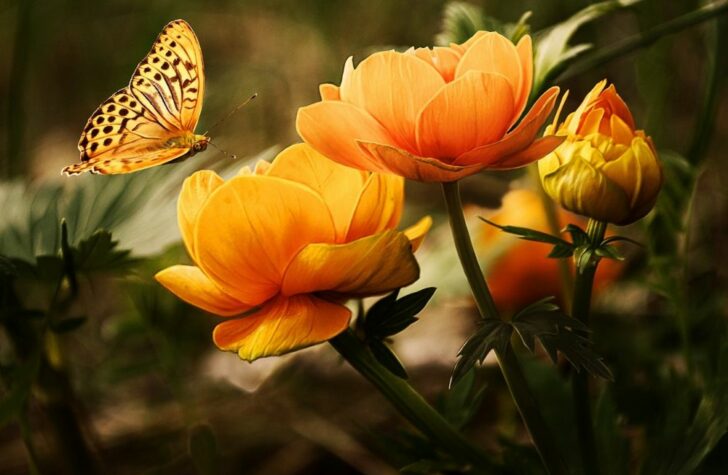
Introduction:
When it comes to exploring the natural world, Denmark may not be the first country that comes to mind. However, this small Scandinavian nation boasts a diverse array of unique and intriguing native animal species. Whether you are an avid animal enthusiast or simply curious about the creatures that call Denmark home, this article will take you on a journey through the fascinating world of Danish animals. From the remarkable biodiversity to the historical evolution of these species, we will delve into what makes them so important and special.
The Evolution of Danish Animals:
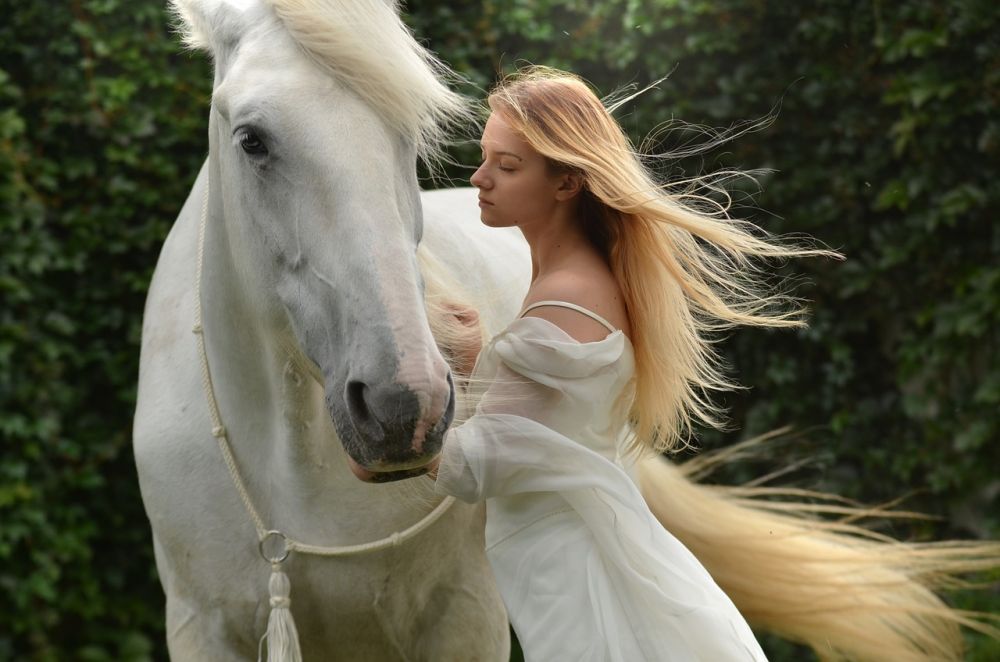
Over the centuries, Danish animals have undergone significant changes in their populations and habitats. The earliest settlers of Denmark encountered a land teeming with untamed wildlife, including now-extinct species such as the Eurasian cave lion and the woolly mammoth. As human civilization developed, hunting and habitat destruction led to the decline of many native animals. However, efforts for conservation and the establishment of protected areas have allowed certain species to rebound and thrive in their natural habitats once again.
Today, Danish animals encompass a wide range of species, each with their characteristics and significance within the ecosystem. Some, like the European hedgehog, have adapted well to human-dominated landscapes, while others, such as the European otter, require specific environmental conditions to survive. Understanding the historical context of these animals’ evolution is crucial in appreciating their importance and implementing effective conservation strategies.
Native Danish Wildlife:
1. The Red Deer (Cervus elaphus):
– Description: The largest land mammal in Denmark, known for its majestic antlers and reddish-brown coat.
– Habitat and Behavior: Red deer can be found in woodland areas, where they form social groups.
– Importance: They play a vital role in maintaining the balance of ecosystems by shaping vegetation through grazing and providing a food source for predators.
2. The Common Seal (Phoca vitulina):
– Description: A charismatic marine mammal with a sleek, tapered body and large, dark eyes.
– Habitat and Behavior: Common seals inhabit coastal waters and feed on fish, squid, and crustaceans.
– Importance: As top predators, seals help regulate fish populations and indicate the health of marine ecosystems.
3. The White Stork (Ciconia ciconia):
– Description: A large bird known for its white plumage, long legs, and distinctive red beak.
– Habitat and Behavior: White storks build their nests on tall structures, such as chimneys or purpose-built platforms.
– Importance: These birds are considered harbingers of good luck and are cherished for their unique migratory patterns, playing a cultural role in Danish folklore.
4. The European Beech Tree (Fagus sylvatica):
– Description: Denmark’s national tree, characterized by its smooth silver-gray bark and vibrant green leaves.
– Habitat and Importance: Beech trees provide essential habitats for a wide variety of insects, birds, and mammals, supporting a rich biodiversity within Danish forests.
[INSERT VIDEO HERE]
Conservation Efforts and Future Challenges:
The preservation of Danish animals is a significant concern for conservationists and wildlife enthusiasts alike. Efforts are underway to protect and restore crucial habitats, create wildlife corridors, and raise awareness about the importance of biodiversity. Danish authorities also collaborate with international organizations to ensure migratory species, such as birds, have safe passage through the country.
However, challenges persist, including habitat fragmentation, climate change, and invasive species. Adapting management strategies to mitigate these threats requires ongoing research and interdisciplinary cooperation.
In conclusion, the diverse range of Danish animals contributes to the ecological richness and wonder of this small Scandinavian country. By understanding their historical evolution, appreciating their significance, and supporting conservation efforts, we can ensure that future generations will continue to enjoy and marvel at the unique wildlife that Denmark offers.
References:
– Denmark’s Nature Agency. (n.d.). Danish Mammals. Retrieved from [insert URL]
– Danish Society for Nature Conservation. (n.d.). Danish Wildlife. Retrieved from [insert URL]
– Danish Ornithological Society. (n.d.). Danish Birds. Retrieved from [insert URL]

